The cow needs phosphorus…
Phosphorus (P) is the second most abundant macro element in the body:
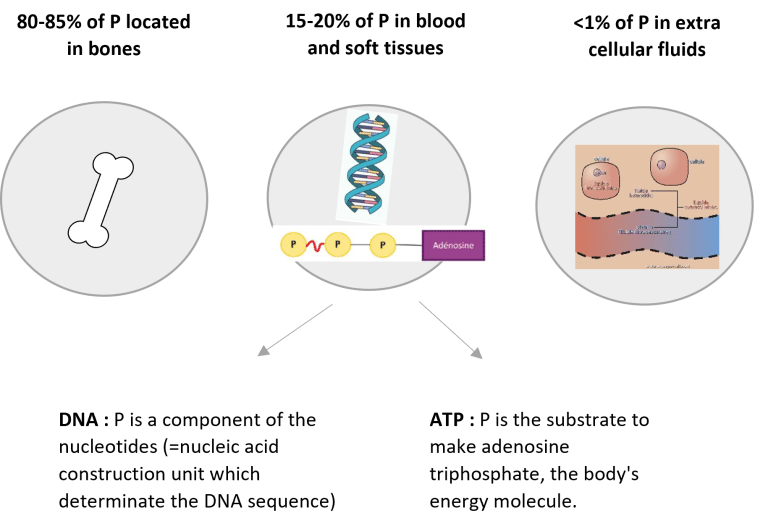
Figure 1: Phosphorus stocks repartition in the animal’s body.
… But, rumen microflora have a higher P requirement
- The global need of P is 2 times higher for the rumen bacteria than for animal needs for maintenance (Meschy, 2010).
- The total need of P for ruminal bacteria is, partly, satisfied by the availability of feed intake and of the efficacy of the salivary recycling specific to the ruminant.
- 80% of the total P of rumen microflora is used for nucleotides: that is how phosphorus water solubility is important to ensure a good rumen activity (Durand et Kawashima,1980).
How to make sure you bring available P to ruminant?
You need to think about P water solubility.
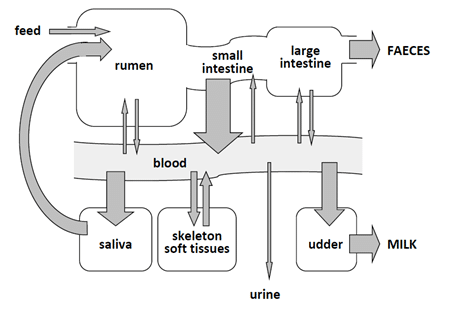
Figure 2: Phosphorus pools and transport routes in the ruminant – Goselink et al., 2015.
- In order to be used by rumen micro-organisms, the phosphorus present in the diet must be dissolved ! In fact, the availability of phosphorus from mineral sources is directly related to their solubility in the rumen.
- The insoluble phosphorus fraction is largely solubilized in the abomasum and becomes potentially absorbable in the small intestine.
- The absorbed phosphorus enriches the blood pool. Phosphorus circulates in the blood mainly in the form of phosphate, an anion that is mainly intracellular and essential to the organism, notably through its role in the production of energy in the form of ATP. In plasma, only inorganic phosphorus (Pi) is measured.
- Phosphorus recycling provides rumen bacteria with a highly digestible source of phosphorus as it is soluble in inorganic form. Once the phosphorus has been digested, it is mainly the bacteria in the rumen, through the saliva, which use it for more than 80%.
Why should you consider this parameter?
1 - To better control the chemical reaction in your mixture
The water solubility reflects the amount of P under MCP molecules in a phosphate. A high P water solubility represents a high MCP molecules content and a more reactive phosphate.
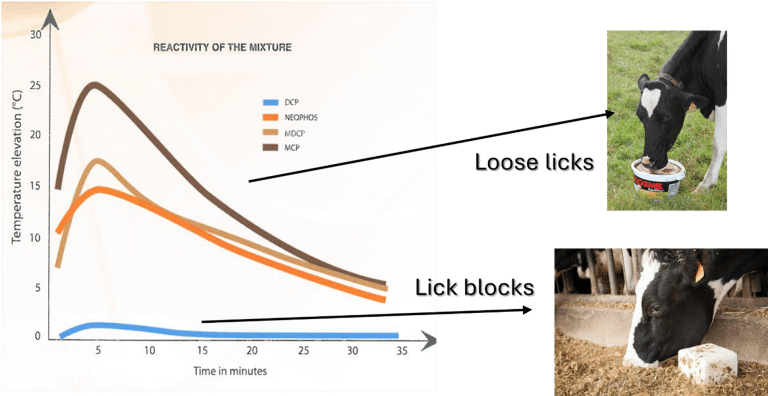
Figure 3: Reactivity of different mineral mixtures according to the type of phosphate used.
It is therefore important to take this parameter into account to better control the chemical reactions that take place when mixing different raw materials.
2 - To ensure rumen activity
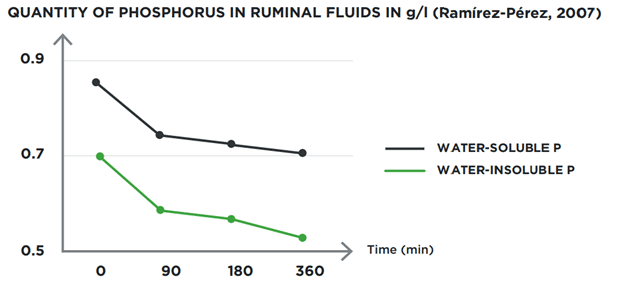
Figure 4a: Quantity of phosphorus in ruminal fluids (g/L) (Ramirez-Pérez, 2007).
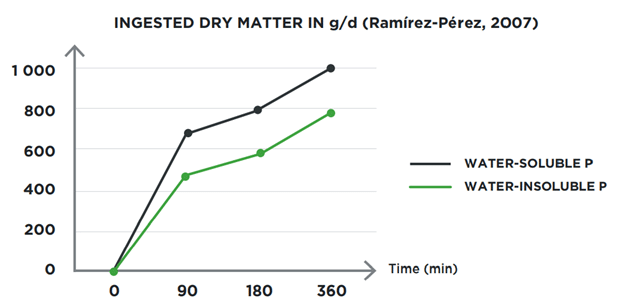
Figure 4b : Impact of water-soluble P source on dry matter intake (g/d) (Ramires-Pérez, 2007).
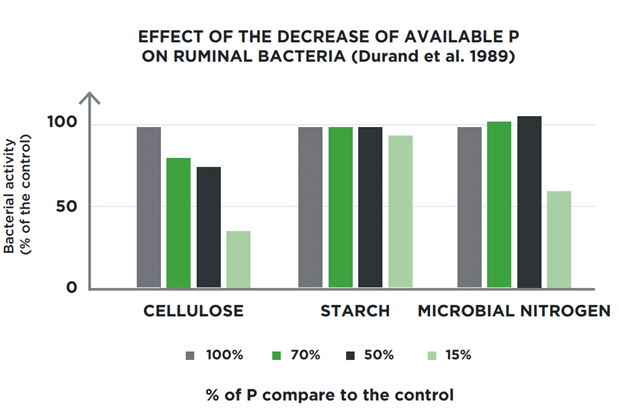
Figure 4c : Effect of the decrease of available P on ruminal bacteria (Durand et al. 1989).
In case of acidogenic diet, the P salivary recycling decreases, leading to a drop of the availability of water-soluble P for the rumen bacteria. Consequently, cellulolytic bacteria are the first bacteria impacted by this lack of available P (Figure 4c). This deficit can lead to reduce the microbial protein synthesis.
As the cellulolytic activity works in slow motion, the time of feed particle in the rumen increases and then the feed intake decreases (Figure 4b).
If this imbalance is not corrected quickly, the cow will favor salivary recycling of P to the detriment of the P available for her maintenance needs. This leads to reduce bone phosphorus mobilization and locomotion problems, as well as long-term fertility problems.
At Phosphea, we are committed to promoting high quality feed phosphates at different levels of P solubility in water and different pH, to meet your technological and technical issues.
- Is reactivity a criterion for your mineral feed and/or premixes ? If yes, we recommend you formulate with MAG26 (magnesium phosphate), NEOPHOS (calcium sodium phosphate) or DCP (dicalcium phosphate). If no, MCP can also be an adequate phosphate for complete feed or lick buckets.
- Are you looking for a high water-soluble source of phosphorus? Try our feed grade MAP (monoammonium phosphate) or MSP (monosodium phosphate).
One last word : don’t underestimate the P water solubility parameter when formulating a feed phosphate for ruminants. The choice of the phosphate depends on water solubility or pH levels but also animal issues that you may encounter (acidosis, hypocalcemia, heat stress, etc…). Discover more in our future expert files !





